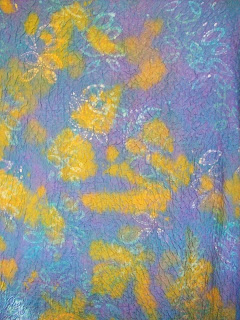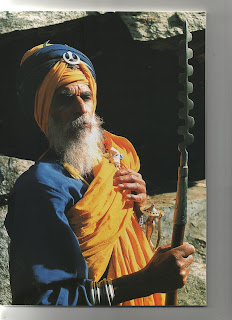Recently I felt I needed to re-model my website. I like having a website but hiring a professional website builder can be expensive. This is how I first started with a website some years ago, and I have always been able to add/delete/alter its content. This is rather like unlocking the door to a house, going inside and shifting/adding/removing some of the furniture, then locking the door again on the way out. So I already have some skills in websites. With the desire for a new website, I decided that this time I was going to build 'the house' itself. And, I did.
An internet search revealed a number of website building programmes which allowed one to build their own website, for free. I chose VodaHost.com, from the USA. I had my new website content prepared, and downloaded their programme. A very comprehensive series of tutorials 'walked' me through each stage of the process. It was still one of the biggest learning curves I have experienced, but I finally had my nine website pages prepared. I then had to transfer my domain name from my NZ server, to VodaHost in the USA. This was achieved but then I couldn't work out why my email was not working, until I re-read all my instructions and of course I had to re-instate my email with my USA server! Dumb, I know, but true!
VodaHost has a very supportive customer programme and respond quickly and efficiently. I have installed their SpamAssassin and a comprehensive site meter. There are heaps of other features I can select from and install, when I feel the need for another challenge. And best of all, their annual fee is a fraction of what it had been costing me in the past.
My website is still www.dianaparkes.co.nz. Take a look, open up the nine pages and click on the smaller images for enlargements and their details.
Inbetween times I have been steadily working away on things textile. Here is an image of three metres of double weave crinkle silk recently dyed for a client.

Partway through, soya wax and discharge printing, dye

Overall discharge as I decided that the colours were too strong. Then I outlined the leaf design

Leaf shapes highlighted with additional colour
Next Blog: Signatures on completed works























